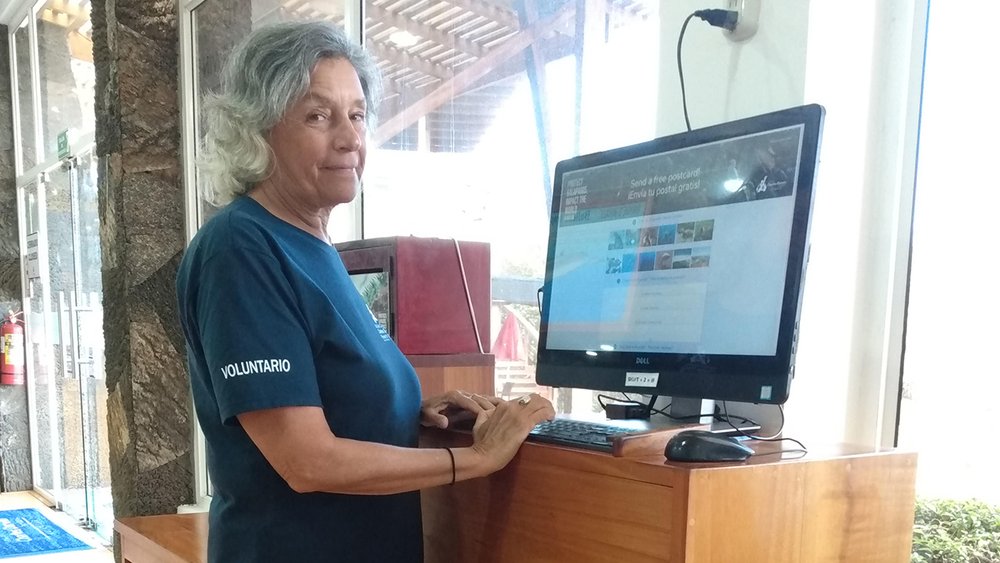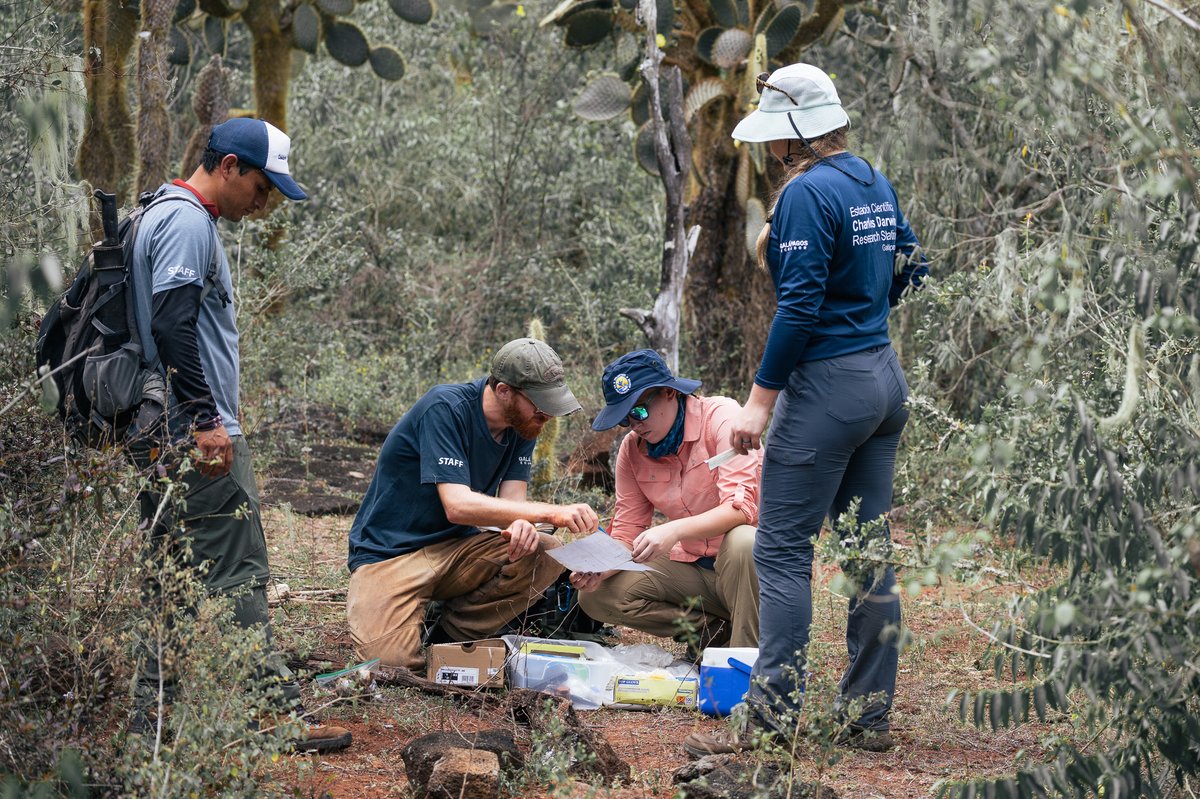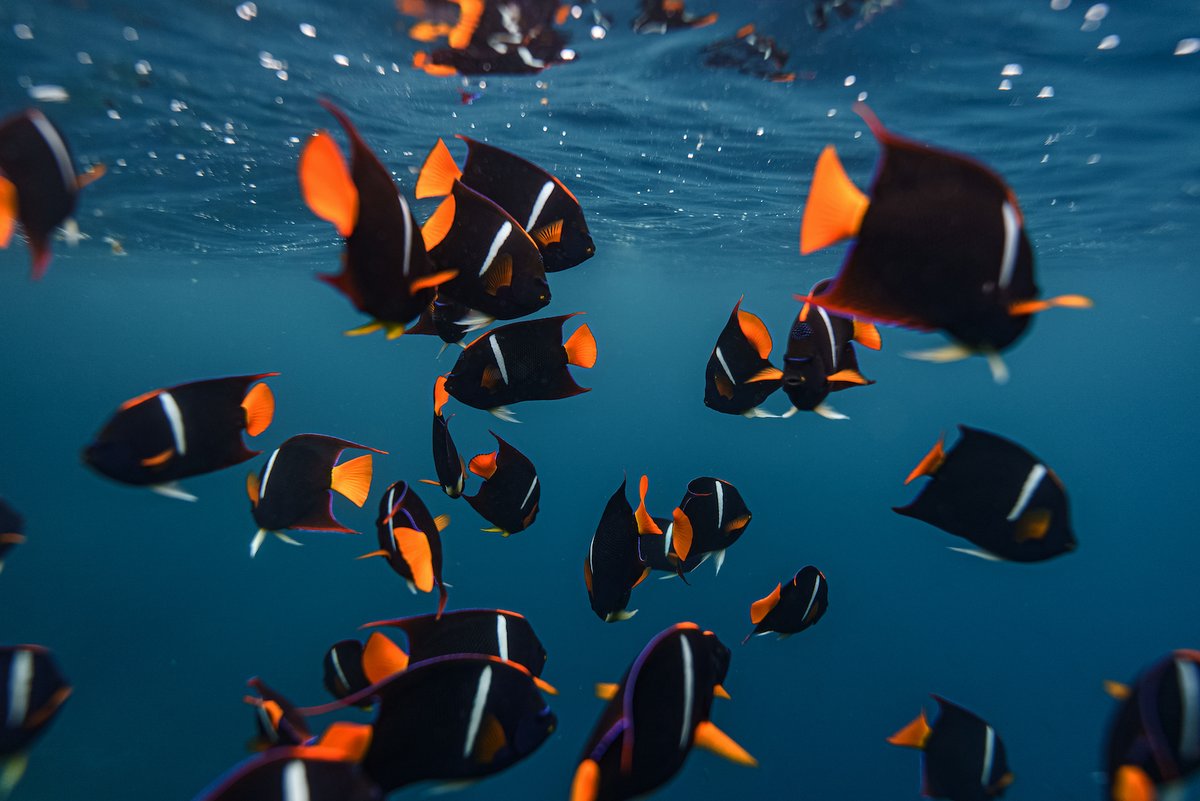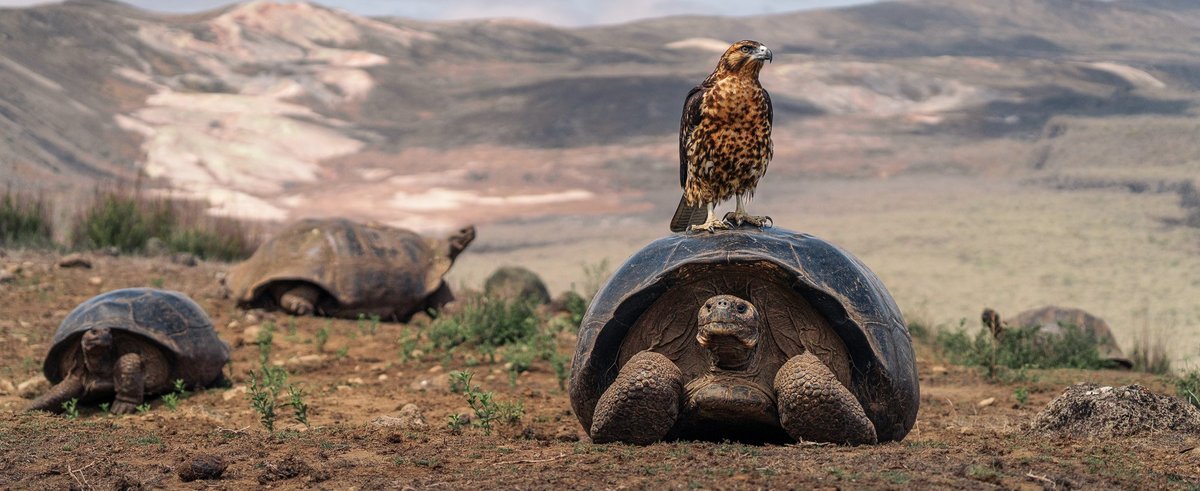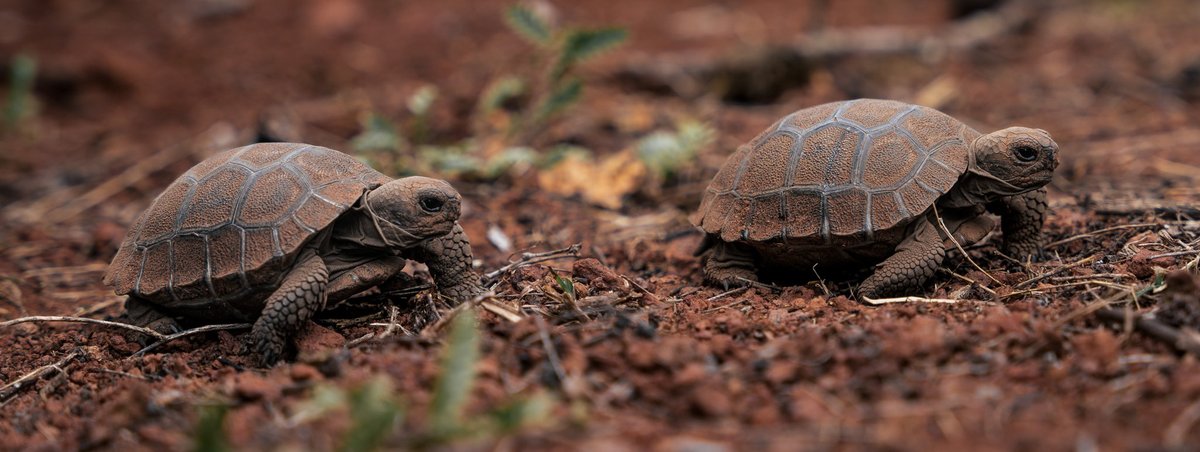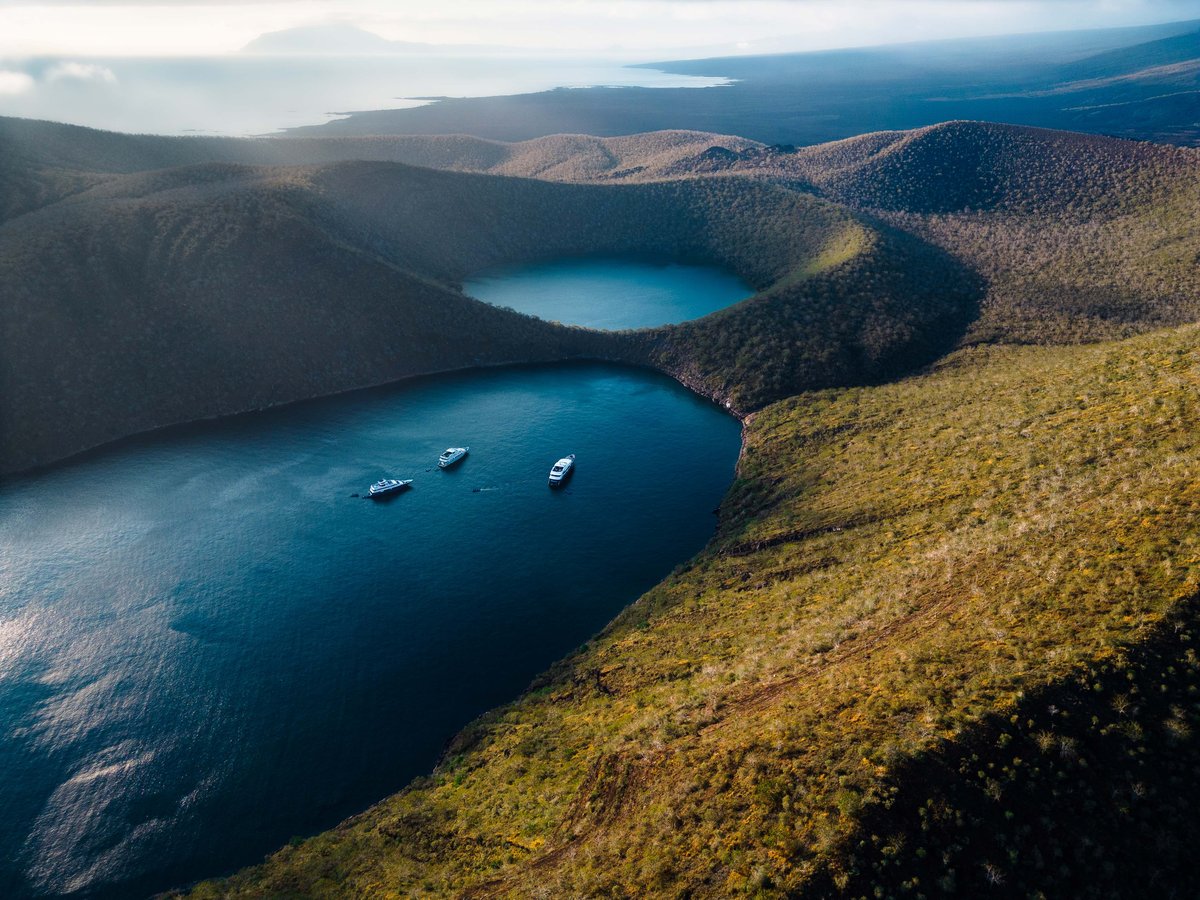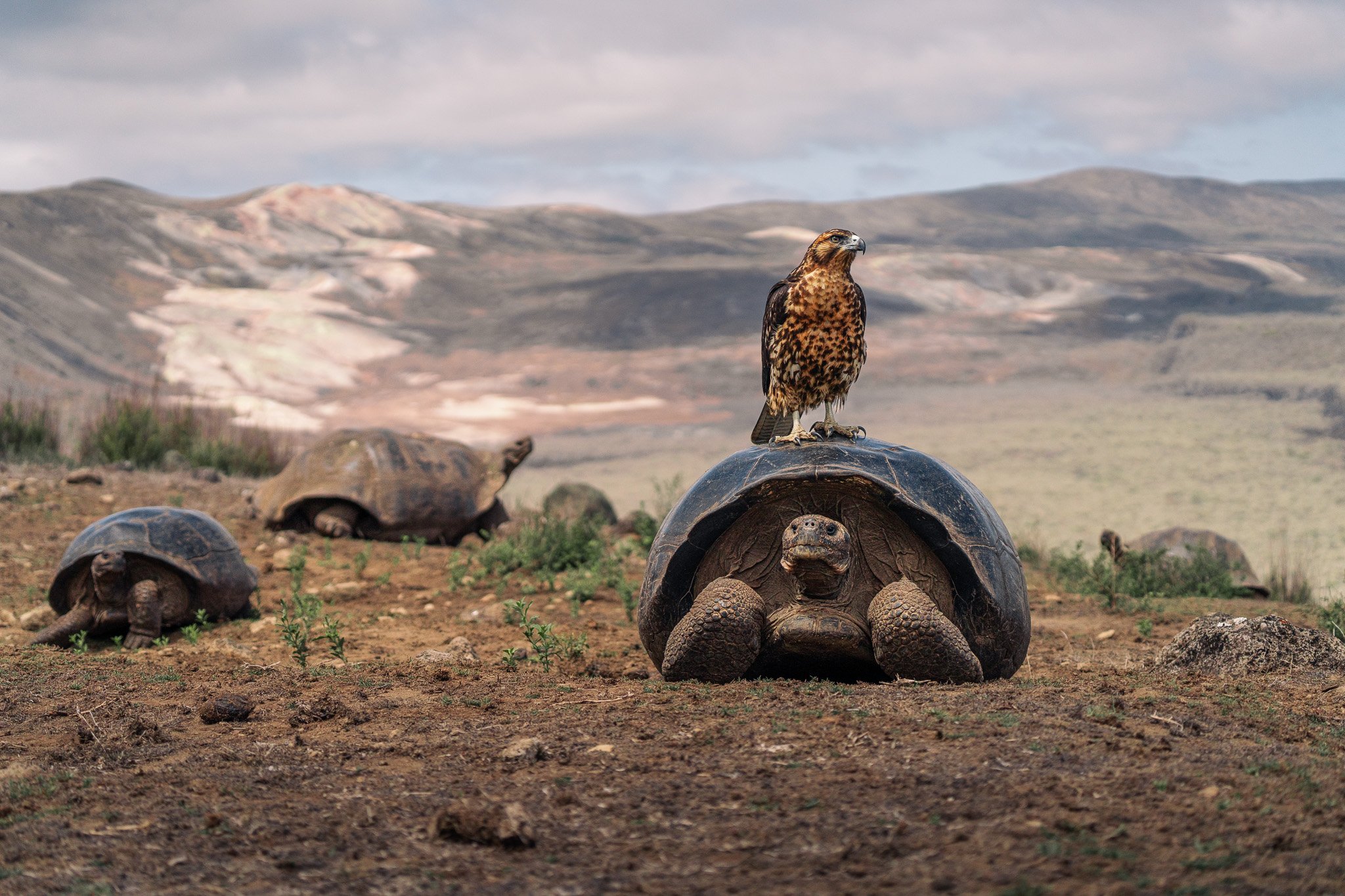Possibly best known for its remoteness, giant tortoises and links with Charles Darwin, the Galápagos Islands—600 miles off the Ecuadorian coast—are also home to the magnificent Waved Albatross (Phoebastria irrorate), a huge bird that nests there and raises its young during nine months of the year. The largest bird in the Islands, it is the only albatross that lives in the tropics.
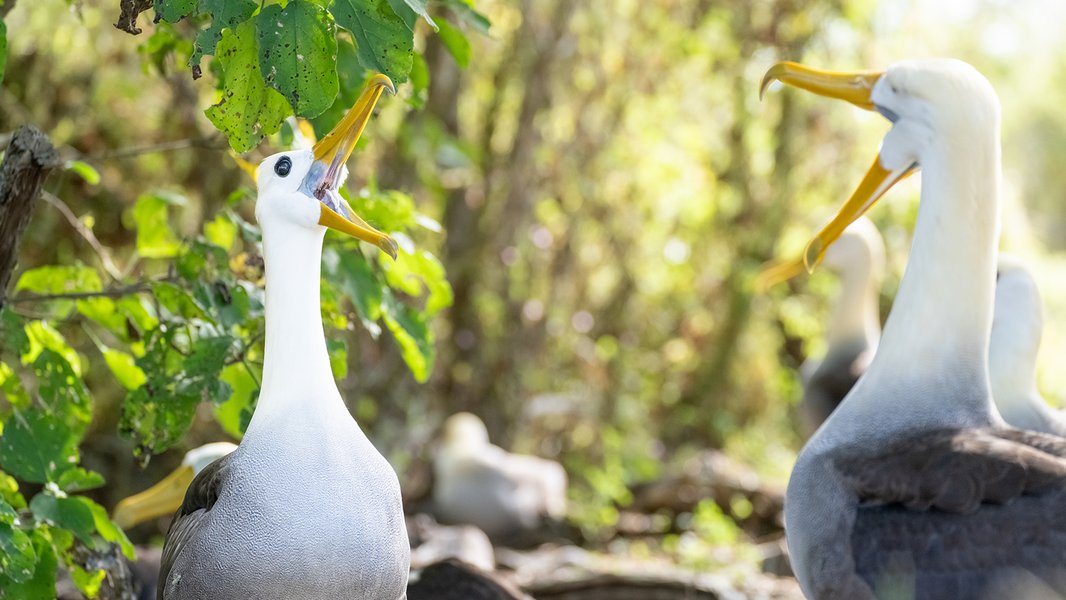
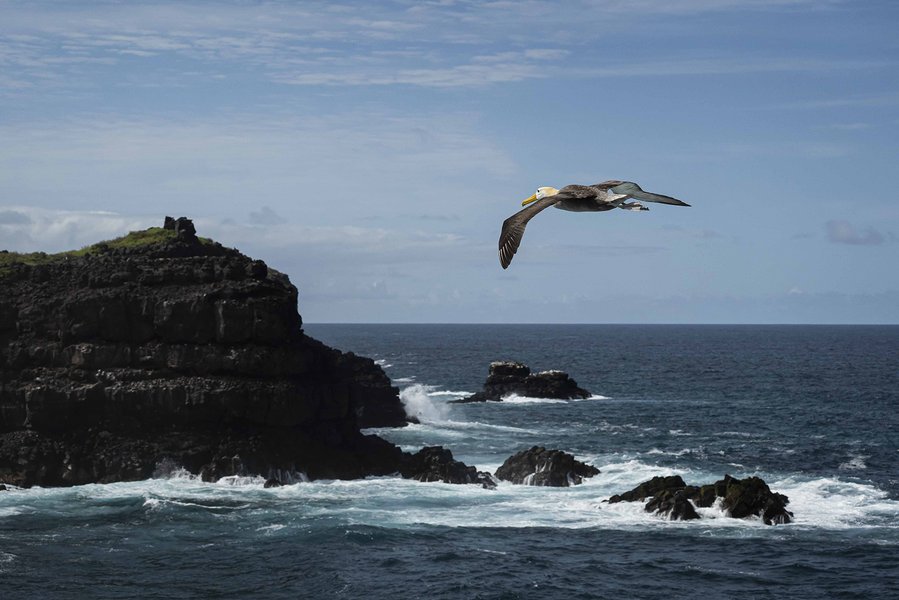
My first time on the Islands
I came to the Galápagos in the early 1990s when I answered a small announcement on a bulletin board in the Environmental Studies Department of the University of Montana, where I was a grad student. “Wanted: Field Assistant for the Galápagos Islands Waved Albatross Project, from Wake Forest University…be part of the team!” Underneath, in small print, it said... “Must pay own airfare “. That point discouraged a few of my heartier grad student pals…but I wanted to go. I applied, and ponied up the money. What could be more amazing than field work in Galápagos? I got the job. A mountain of paperwork later, long before smartphones, and just when computers had barely started...I was on my way to the Charles Darwin Research Station (CDRS), with Dave Anderson’s seabird study group.
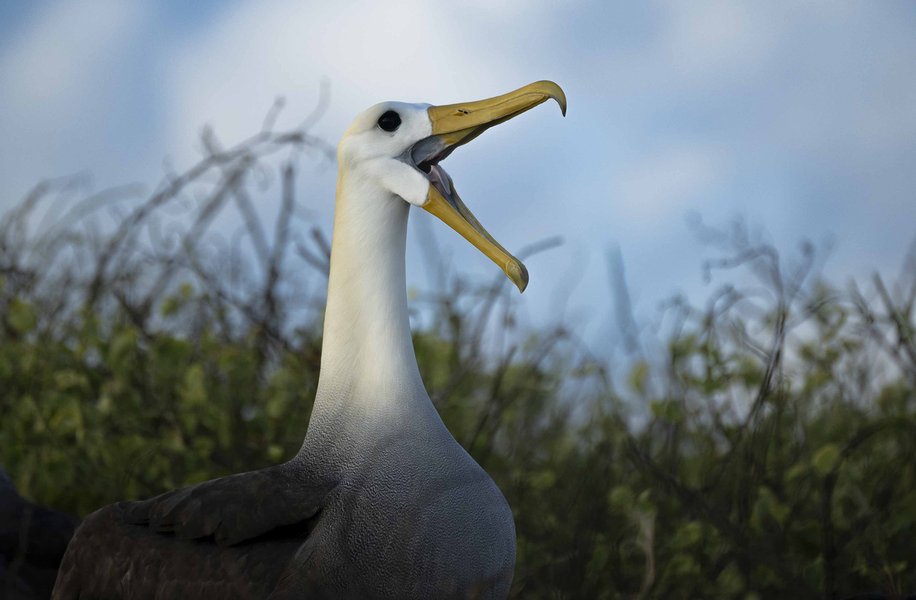
Counting the Albatross
The project with the Waved Albatross at that time was a population census, which had last been conducted back in the 1960s. Since then, many changes had come to the archipelago, and it was a pressing concern to estimate a new count of the albatross. Waved Albatross only nest on Espanola Island, the southernmost island in the Archipelago. The Española Island Giant Tortoise had nearly gone extinct, and repatriation efforts were underway. The albatross population was considered vulnerable, and getting a good estimate of the nesting population would guide further research and conservation action.
That project produced an estimated number of mating pairs on Española Island. It also sparked my love of—and protective feelings toward—these incredible islands… feelings that have persisted all these years.
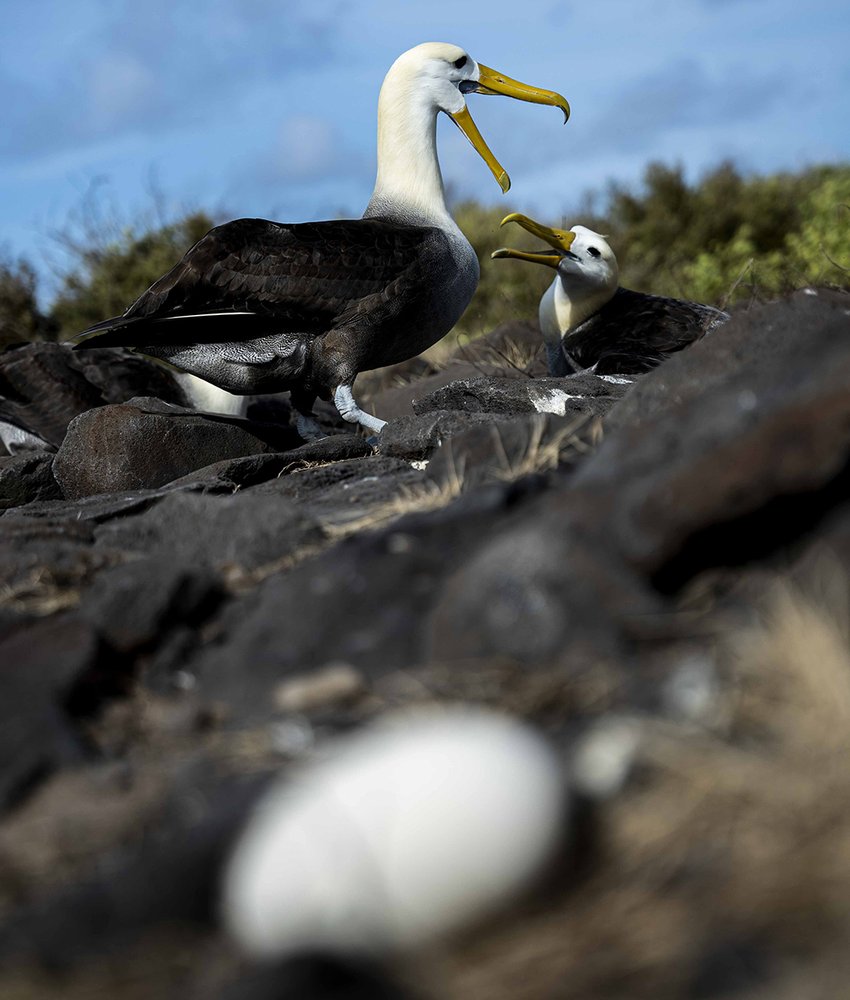
The Scent of an Albatross
A funny story stands out: someone on our team had told me that albatross smell good. So I decided to find out for myself. Within a few days of landing on Española Island, our team (consisting of Hector Douglas, who led the project, and me, his field assistant) started our field work. Each albatross needed to be gently picked up and held while it was measured and banded—or, in the case of birds already wearing a band, the band number recorded. Albatross are long lived birds, and we saw some of the bands used in the 1960s.
The Albatross had a special way of greeting us while we worked. They would open their mouths wide and try to slash us with their huge 5-inch beaks—an impressive display that I took seriously. I perfected a gentle way to lift them for the banding and measurement process, by grabbing their beak first and carefully placing my nose to the top of the bird’s head…and took a few sniffs! To my surprise, the albatross had a delicate, powdery smell, like baby powder! And then it tried to bite me.
Then and Now: What’s Changed?
I recently spoke with Gustavo Jiménez, the Charles Darwin Foundation’s Principal Investigator, who has been leading its Marine bird conservation program for over a decade, I was curious to learn about the state of the Waved Albatross, and the conservation challenges that the birds face almost 30 years after my field work experience.
Gustavo has been a scientist at the CDRS for over 20 years, with an impressive array of scientific papers and credentials. The last census of the Waved Albatrosses by the CDRS was conducted a decade ago, with 33,000-35,000 birds estimated. While that provides a “snapshot” in time, more robust studies on survival—given the birds’ lifespan of up to 40 years (though some have reached 70!)—are now underway with a number of affiliated organizations. With 99% of the world’s Waved Albatross nesting in one place—Española Island—their population is especially vulnerable to external threats. In addition to survival studies, other issues currently being addressed include climate change, human interaction, heavy metal accumulation, and pathogens and parasites.
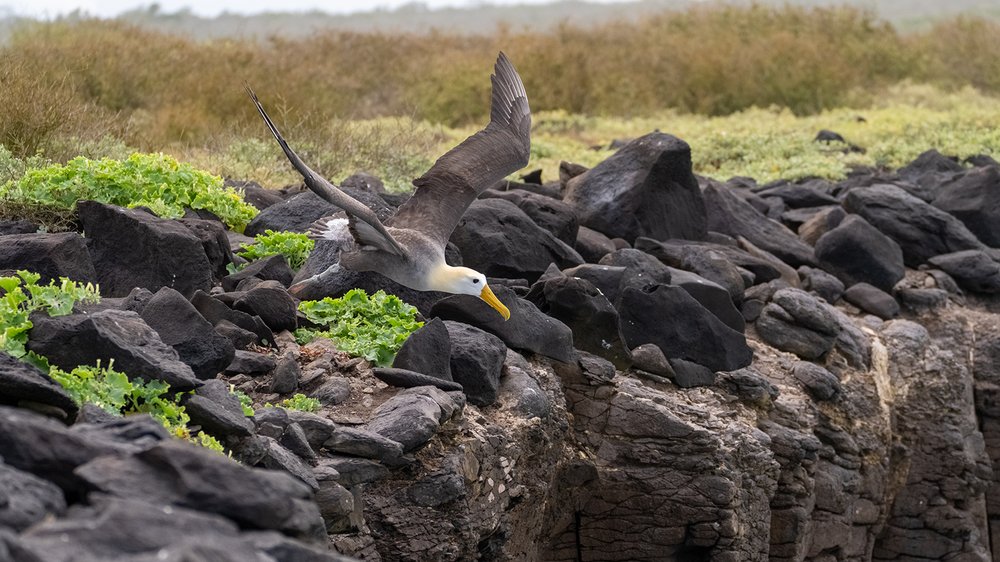
Current Conservation Challenges
Climate change and stronger, more frequent El Niño events are active threats to the albatross. El Niño can reduce food availability, as fish dive deeper in search of colder water. This lack of food can affect the albatross’s ability to breed. Their reproduction is naturally uneven; they don’t reproduce every year. When they do nest, the breeding pair lays one egg only. If the egg fails, the birds are finished for that breeding cycle.
Other threats in open water include ocean pollution—such as industrial chemicals—and competition with fishing boats. But one of the biggest issues facing the birds today is longline fisheries. Bycatch is the term used in the trade for animals (seabirds, marine turtles, sharks, dolphins, etc.) that are caught unintentionally due to different fishing practices by Peru and Ecuador. Meetings with the governments of Colombia, Peru, Ecuador, and Chile, and conferences on the state of the oceans’ fisheries, are conducted in a continuous effort to protect the Waved Albatross and other seabirds. This has resulted in international collaboration.
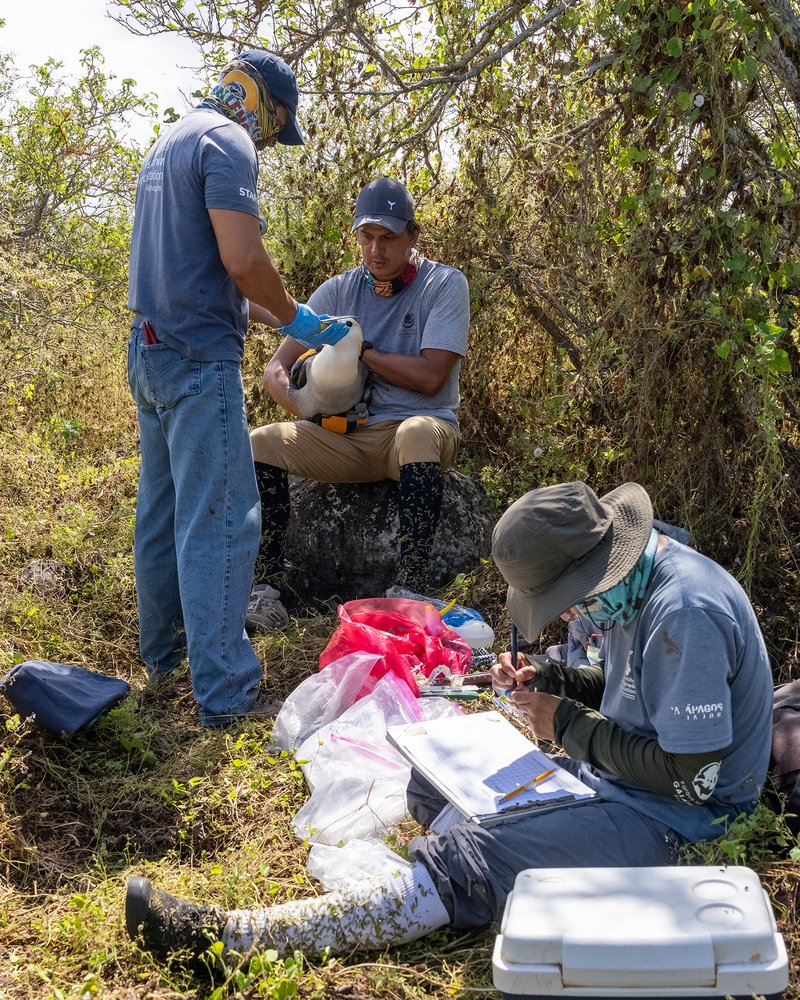
A Global Effort to Protect the Albatross
International groups and governments are now working together to mitigate threats to the albatross. ACAP—the Agreement on the Conservation of Albatrosses and Petrels—is one such effort. This agreement, which includes governments and NGOs, meets regularly to discuss and mitigate seabird threats on land, in fisheries, and through advanced taxonomy and research.
With these many concerns—as well as possible new ones, such as ocean plastics and antimicrobial resistance—Waved Albatross conservation remains an active, ongoing endeavor.
